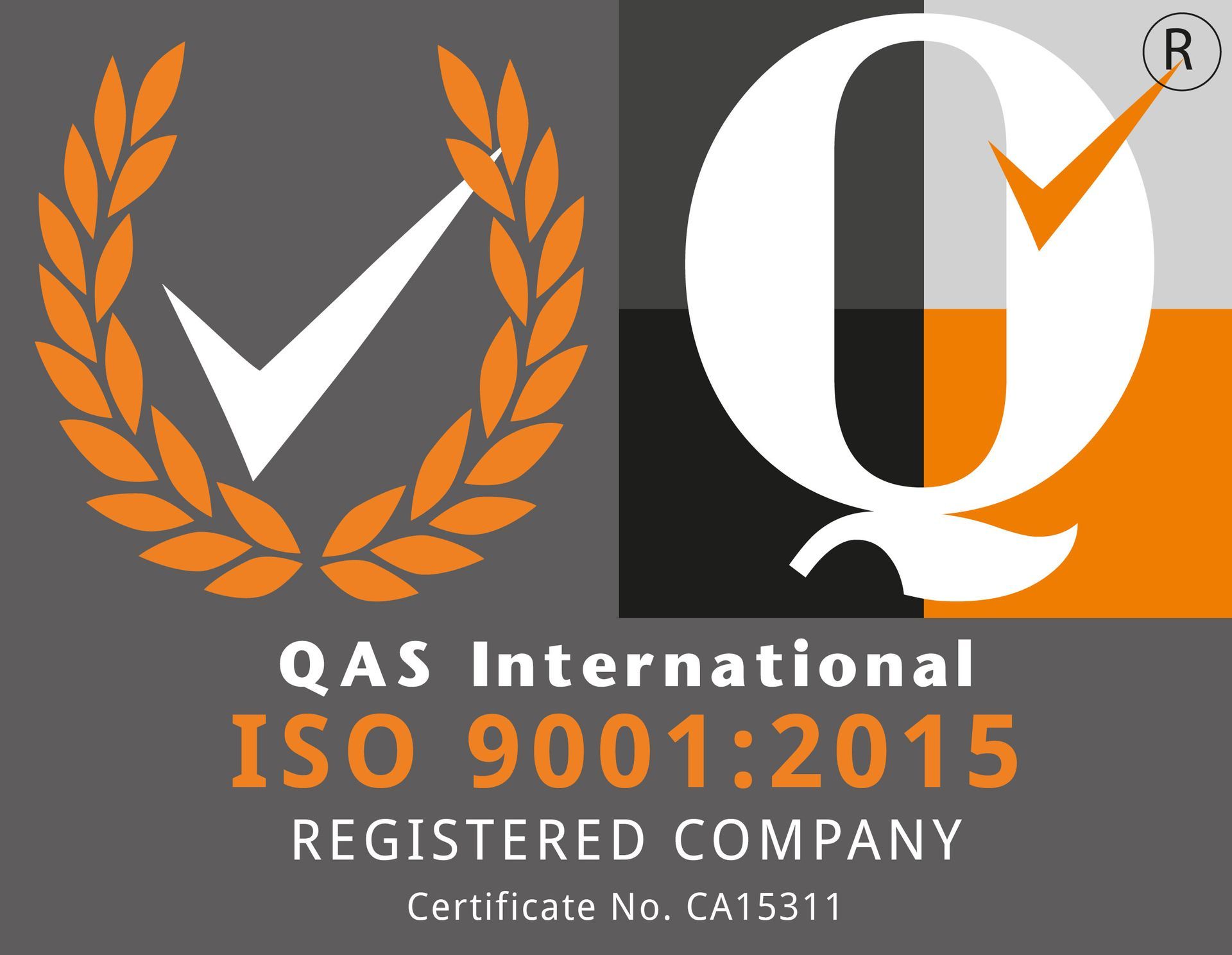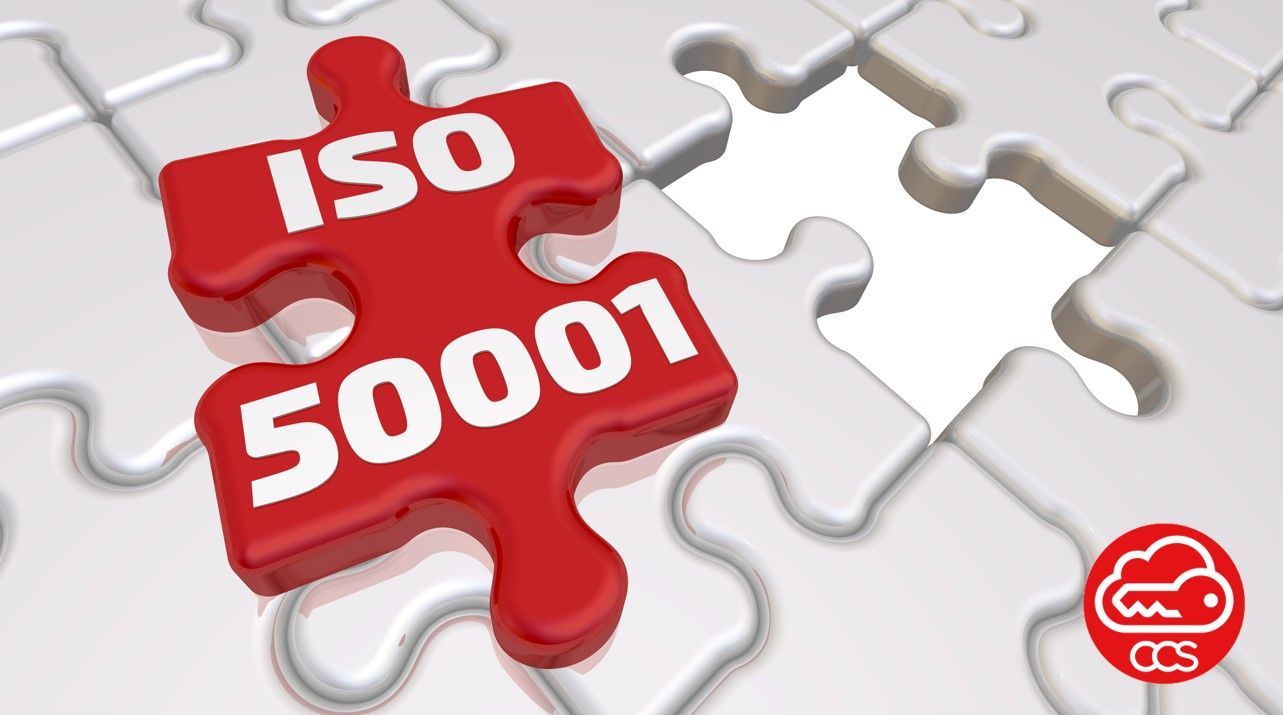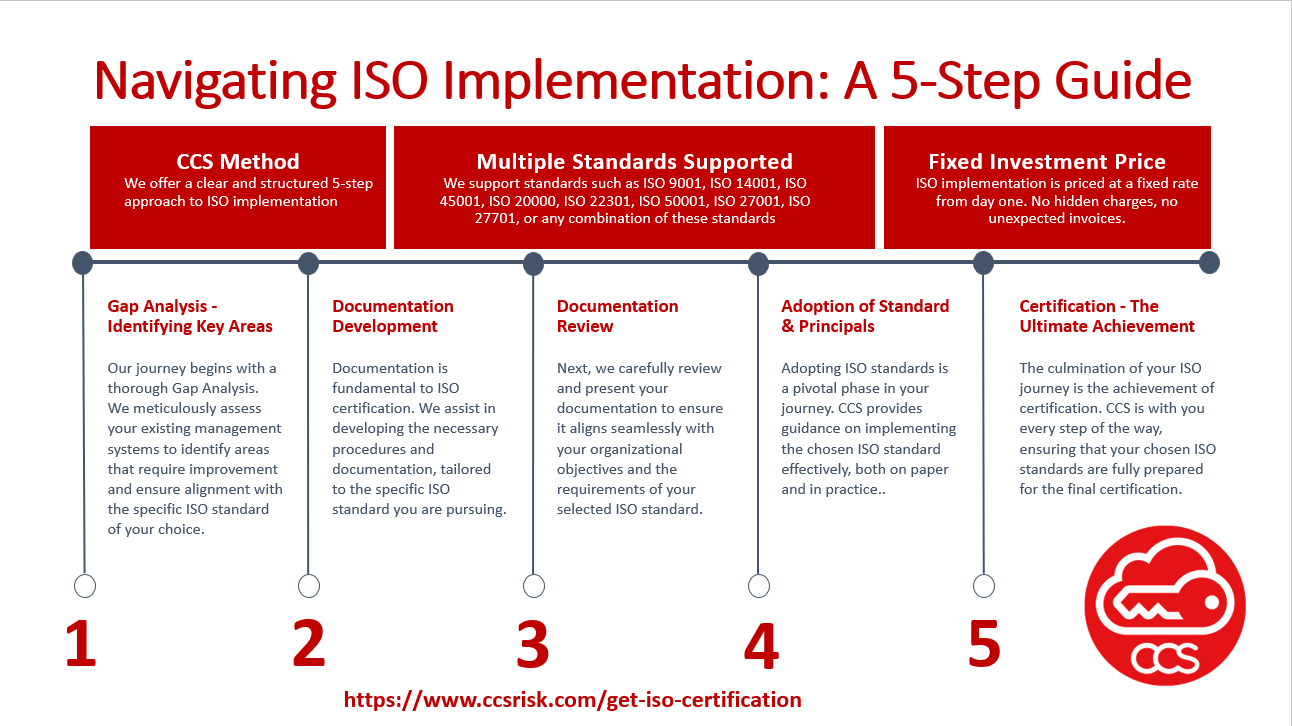ISO 50001:
Empowering Businesses to Harness Energy Chaos
Businesses face a myriad of challenges related to energy consumption, operational costs, and environmental impact. Energy chaos often results from excessive energy usage, inefficient practices, and a lack of awareness about energy-saving measures. To tackle these issues and bring order to energy management, the International Organization for Standardization (ISO) developed ISO 50001 - a powerful framework designed to optimize energy management and reduce energy wastage.
In this article, we explore how it can empower businesses to harness energy chaos, achieve cost savings, and foster a sustainable future.
- Identifying Areas of Energy Inefficiency:
- The first step in unravelling energy chaos is to identify its sources. This standard offers businesses a structured approach to assess their energy performance. By conducting energy audits and data analysis, organizations can pinpoint areas of energy inefficiency and uncover potential energy-saving opportunities. This clarity allows businesses to prioritize and allocate resources effectively, thus bringing order to their energy management practices.
- Setting Energy Reduction Targets:
- It encourages businesses to establish energy performance indicators and set ambitious yet achievable energy reduction targets. These targets serve as guiding beacons, providing a sense of direction and purpose in the pursuit of energy efficiency. By having clear objectives, businesses can align their efforts towards reducing energy wastage and optimizing energy consumption.
- Establishing Energy-Saving Measures:
- Once energy inefficiencies are identified and targets are set, it empowers businesses to implement energy-saving measures. These measures can range from adopting energy-efficient technologies and optimizing operational processes to raising employee awareness about energy conservation. Through these concerted efforts, businesses can significantly reduce energy consumption and operating costs.
- Achieving Cost Savings:
- Energy chaos often leads to skyrocketing operational costs, impacting a business's bottom line. The Standard's energy optimization strategies lead to tangible cost savings. By reducing energy consumption and minimizing energy wastage, businesses can experience significant reductions in utility bills and overall operational expenditures. These cost savings can be reinvested into other areas of the business, further contributing to overall growth and sustainability.
- Reducing Environmental Impact:
- Excessive energy consumption contributes to environmental degradation and climate change. It's energy-saving initiatives help businesses reduce their carbon footprint and minimize their environmental impact. By embracing sustainable energy practices, organizations play a vital role in conserving natural resources, fostering environmental stewardship, and creating a positive brand image.
In the realm of energy management, ISO 50001 stands as a beacon of order, guiding businesses through energy chaos towards sustainability and cost efficiency. By implementing this powerful framework, organizations can identify inefficiencies, set ambitious energy reduction targets, and establish energy-saving measures. It empowers businesses to harness energy chaos, achieve cost savings, and reduce their environmental impact.
In an era where environmental consciousness and resource conservation are paramount, this standard represents a proactive strategy to bring harmony between business operations and the planet. The standard's structured approach leads to tangible benefits, from reduced energy wastage and cost savings to improved brand reputation as environmentally responsible organizations.
With ISO 50001, businesses can navigate the ever-changing landscape of energy management with order, efficiency, and a commitment to a greener and sustainable future.




